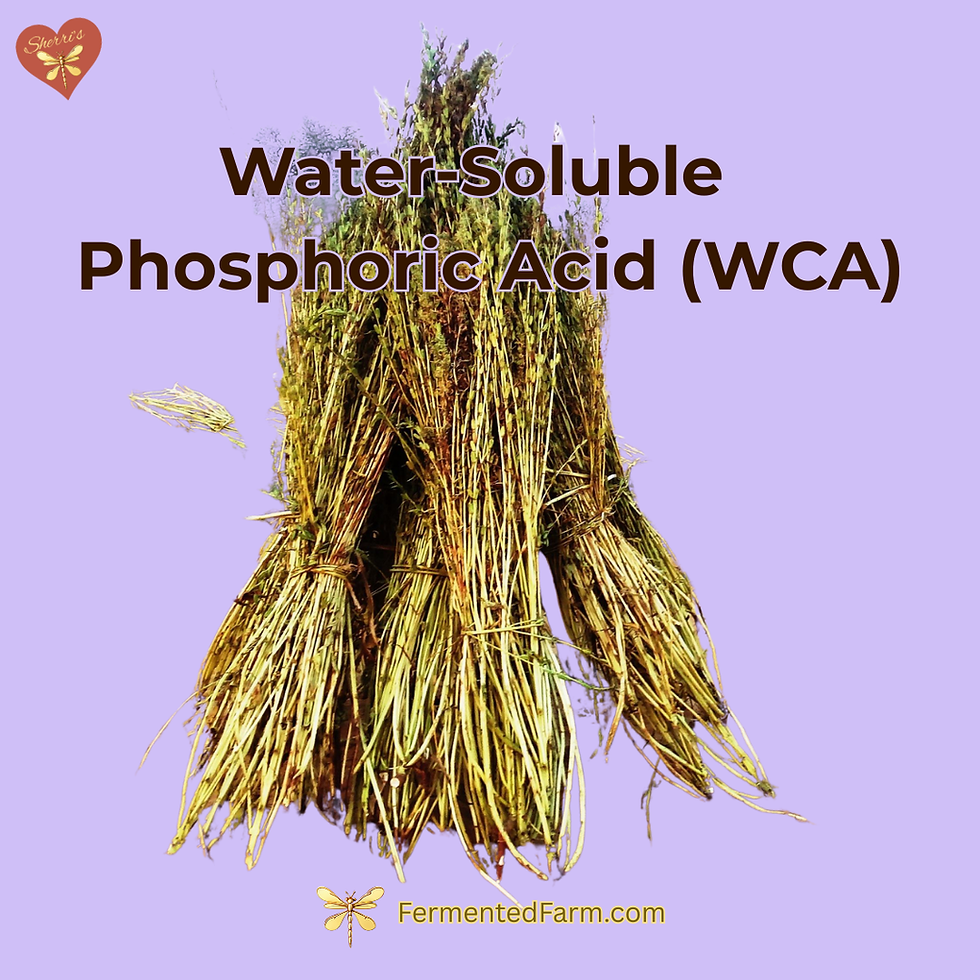What does Natural Farming Look Like?
- Sherri Miller

- Oct 31, 2021
- 2 min read
Updated: Nov 7, 2021

WHAT IS NATURAL FARMING? Part 2 300 YEAR OLD PERMACULTURE FOOD FOREST
This majestic tropical Food Forest has been a family garden for over 300 years. Basically everything in this lush landscape is edible and useful. Fruit and nut trees, root crops and fresh greens, spring-fed streams packed with water taro and watercress, full of small fish and fresh water shellfish. The gardens are wildly interspersed with flowers and herbs, trees for building materials and fiber. Medicine for the mind body and spirit. Any everywhere you look, the longer you look, the more food you see.
There is no tilling, no fertilizing, no weeding programs, just like in the wild, yet the garden literally produces tons of food. The garden is tended and harvested, but nature is left to do most of the work. Even if neglected for months at a time the garden flourishes.
This garden is the perfect example of Natural Farming. Grow food in a natural environment, let the Power of Nature provide food without huge inputs of labor, chemicals, or money. Natural Farming is not new.
Natural Farming takes advantage of modern scientific knowledge in addition to traditional, holistic understanding of food production systems. These advances make it possible to grow more food for more people, while still respecting the environment all forms of life.
It uses no dangerous chemicals. In fact, all inputs are made from local ingredients and are edible directly by humans. Why would you give your plants or animals, food you plan to eat, dangerous and toxic inputs? We are all part of the same living system so we want to give our plants and animals food that is safe and edible and that will nourish people.
What kind of things do we use in Natural Farming? Things like fast growing herbs, fruits, eggshells, fish scraps, and bone. Since inputs are fermented and naturally processed, the nutrients are bio-available and fast acting, just like chemical fertilizers. But unlike chemical inputs Natural Farming inputs are ultimately safe and edible. Organic fertilizers need to be composted and under-go biological transformation to be available to plants. This takes labor, time, not very precise, and can temporarily cause nitrogen deficiencies. Natural Farming is quick-acting and effective, like chemicals, yet safe, like organic. And it gets better and easier every year.
You can create your own food paradise spending little to no money, working less each year, seeing yields and quality increase, soil health improve, and topsoil increase. If this sounds good to you then perhaps Natural Farming is right for you.




Comments